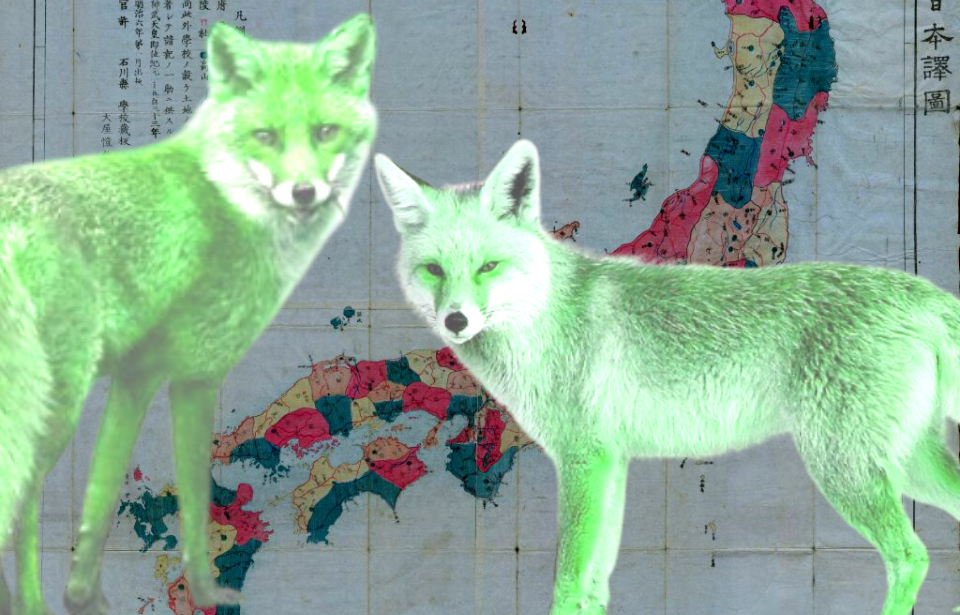When the United States entered the Second World War following the Japanese attack on Pearl Harbor, it seemed as though the country had a “no idea is a bad one” type of approach. Many strange and ridiculous plans were brought to the table. One that almost saw use during the conflict was Project Fantasia, which involved spray-painting foxes.
Establishment of the Office of Strategic Services (OSS)
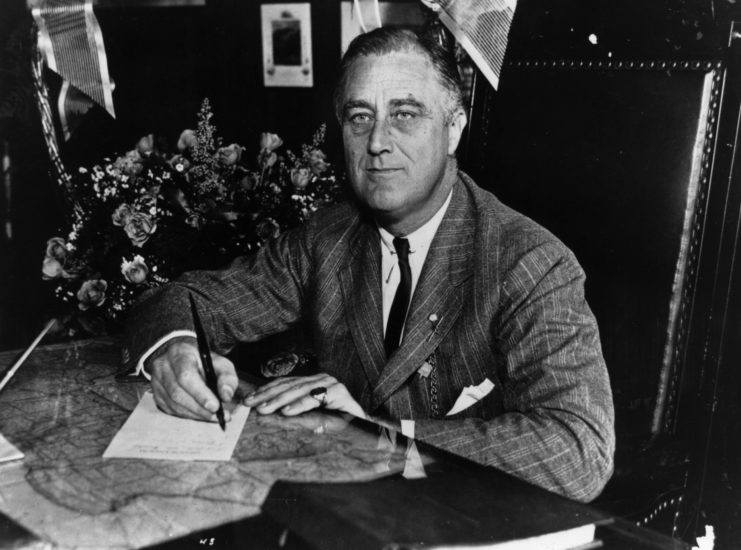
When the Second World War began, there wasn’t one single intelligence agency that operated within the US. Instead, different departments performed their own operations. Considering the magnitude of the conflict, this disorganized method of intelligence gathering was inefficient and inadequate.
In June 1942, President Franklin D. Roosevelt signed an executive order that officially established the Office of Strategic Services (OSS), under the control of William J. “Wild Bill” Donovan. The newly-formed agency was responsible for collecting information and devising psychological operations. While it had a relatively short life of only three years, the OSS was pivotal to the creation of the Central Intelligence Agency (CIA).
Using Japanese superstitions
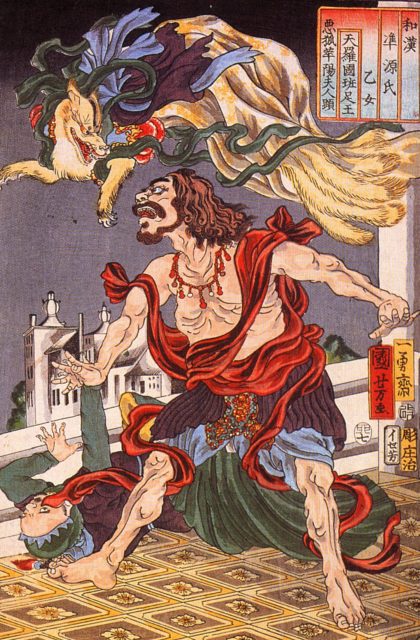
In 1943, OSS psychological warfare strategist Ed Salinger came up with a bizarre plan to play upon Japanese superstition to strike fear into the country’s population. Before the war, Salinger was an importer/exporter whose business operated in Tokyo. This meant he was familiar with Japanese culture, and he wanted to manipulate it to benefit the US.
In Shintoism, there are worshipped spirits called kami, and among them are kitsune – spirit foxes. Foxes are regarded as faithful guardians in traditional Japanese folklore, but are also viewed as bad witch animals if they’re illuminated. Salinger crafted Project Fantasia on this fear; he wanted to scare the Japanese with glowing foxes.
Writing in a memo, Salinger said, “The foundation for the proposal rests upon the fact that the modern Japanese is subject to superstition, beliefs in evil spirits and unnatural manifestations which can be provoked and stimulated.” Despite its obvious racism and disregard for Japanese culture and intelligence, the plan to initiate Project Fantasia began.
Multiple ideas were presented

There were multiple avenues taken to try and achieve what Project Fantasia set out to do. Initially, the OSS tried to make fox-shaped balloons that would rise into the sky and hover over Japanese villages, scaring those below. Officials also asked a whistle company to create a whistle that sounded like a fox cry.
“These whistles can be used in combat and a sufficient number of these should create an eerie sound of the kind calculated to meet the Japanese superstition,” Salinger wrote. Additionally, the OSS hired another company to recreate an artificial scent that resembled fox odors. For some reason, he believed the Japanese would recognize the smell.
These ideas were abandoned in favor of capturing real foxes in China and Australia, spray-painting them with radium glow-in-the-dark paint and setting them loose in Japan.
Would Project Fantasia actually work?

To test if the paint would really adhere to the foxes’ fur, the OSS tested it on a raccoon. After a couple of days living with painted fur, it was clear the spray paint worked.
As a way of seeing if the foxes would prove successful, the OSS performed a test release in Washington, DC’s Rock Creek Park. The agency released 30 glowing foxes. The test was a success, with civilians contacting police in response. In their report, the officers detailed how “horrified citizens, shocked by the sudden sight of the leaping ghost-like animals, fled from the dark recesses of the park with the ‘screaming jeemies.'”
Transporting the foxes to Japan
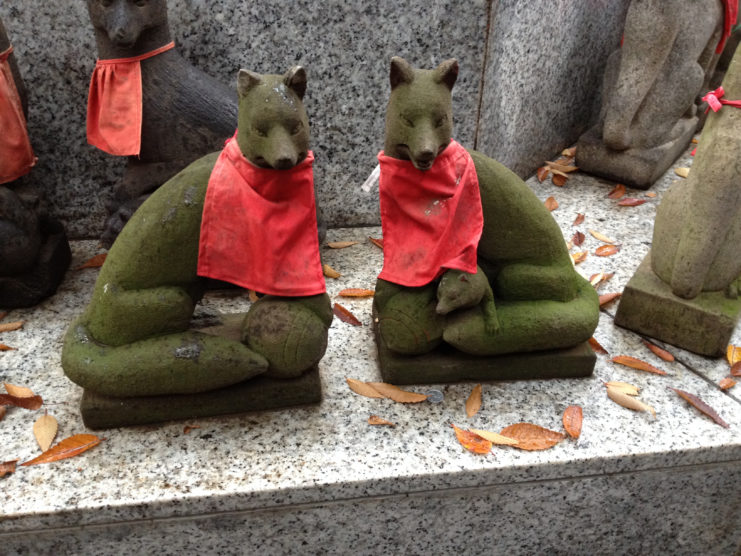
An issue with Project Fantasia was how the OSS would transport the glowing foxes to Japan. The agency tried dropping some into the Chesapeake Bay, to see if they could swim to shore on their own. The animals successfully swam to shore, but their paint had washed off. As such, the OSS decided it would have to drop them off on the Japanese shoreline.
Another problem was making sure the foxes traveled through the villages and were visible. As they were never trained to do so, Salinger’s solution rested on numbers. He believed that, if they released a large enough amount, some would make it to the villages and be spotted. If they weren’t enough, he suggested glowing coyotes, minks, muskrats and raccoons would suffice in their place.
Project Fantasia got even more strange
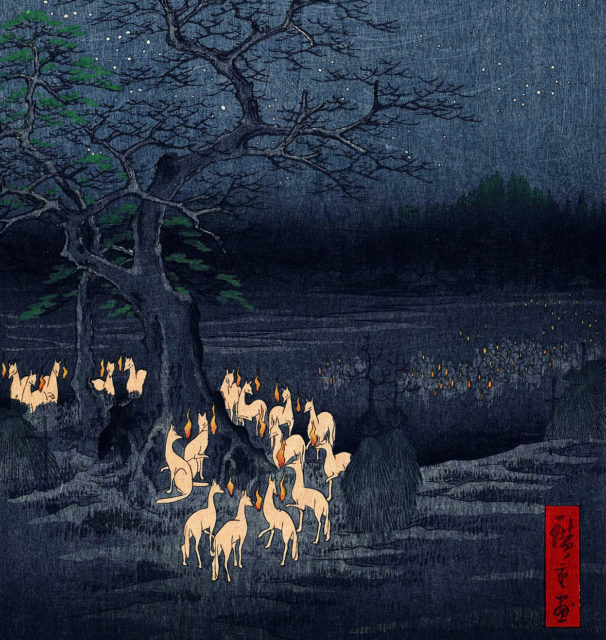
One of the weirdest parts of Salinger’s plan was the use of a taxidermy fox. He explained how, “We have made a stuffed fox with a human skull affixed to his head, equipped with a simple mechanical device for raising and lowering the jaw so as to simulate the opening and closing of the mouth of the skull. This stuffed figure will be painted to give the same luminous effect as in the case of the live foxes.” He wanted to lift the fox into the sky with balloons, to make it appear as though it was levitating.
Salinger also wanted to source Japanese citizens who were sympathetic to the Allies and have them “simulate persons possessed of the Fox spirit, who utter strange chants purportedly emanating from the Fox spirit.”
Project Fantasia was ultimately abandoned

There were critics of Project Fantasia from the onset. Stanley Lovell, the head of the OSS Research and Development Branch, opposed the plan as early as September 24, 1943. To him, it had no logic or rationality, and he believed it would “serve as a critique to us in the field of pure reason.”
More from us: Operation Wandering Soul: The US Military’s Use of Psychological Warfare in Vietnam
Project Fantasia was very close to being deployed. However, after the US dropped the atomic bombs over Hiroshima and Nagasaki, World War II came to an end and there was no longer a need for glowing foxes to be set loose in Japan.
